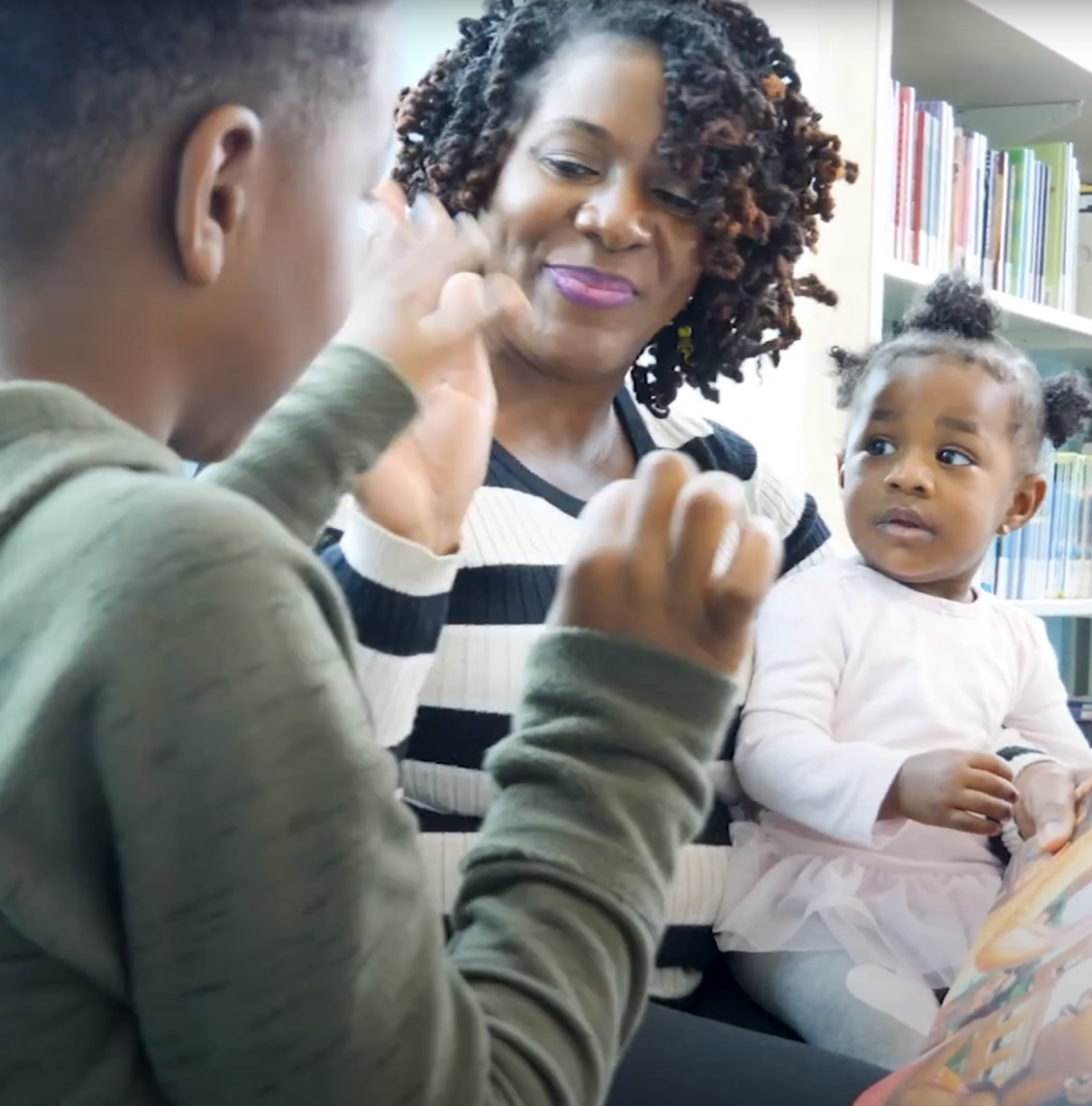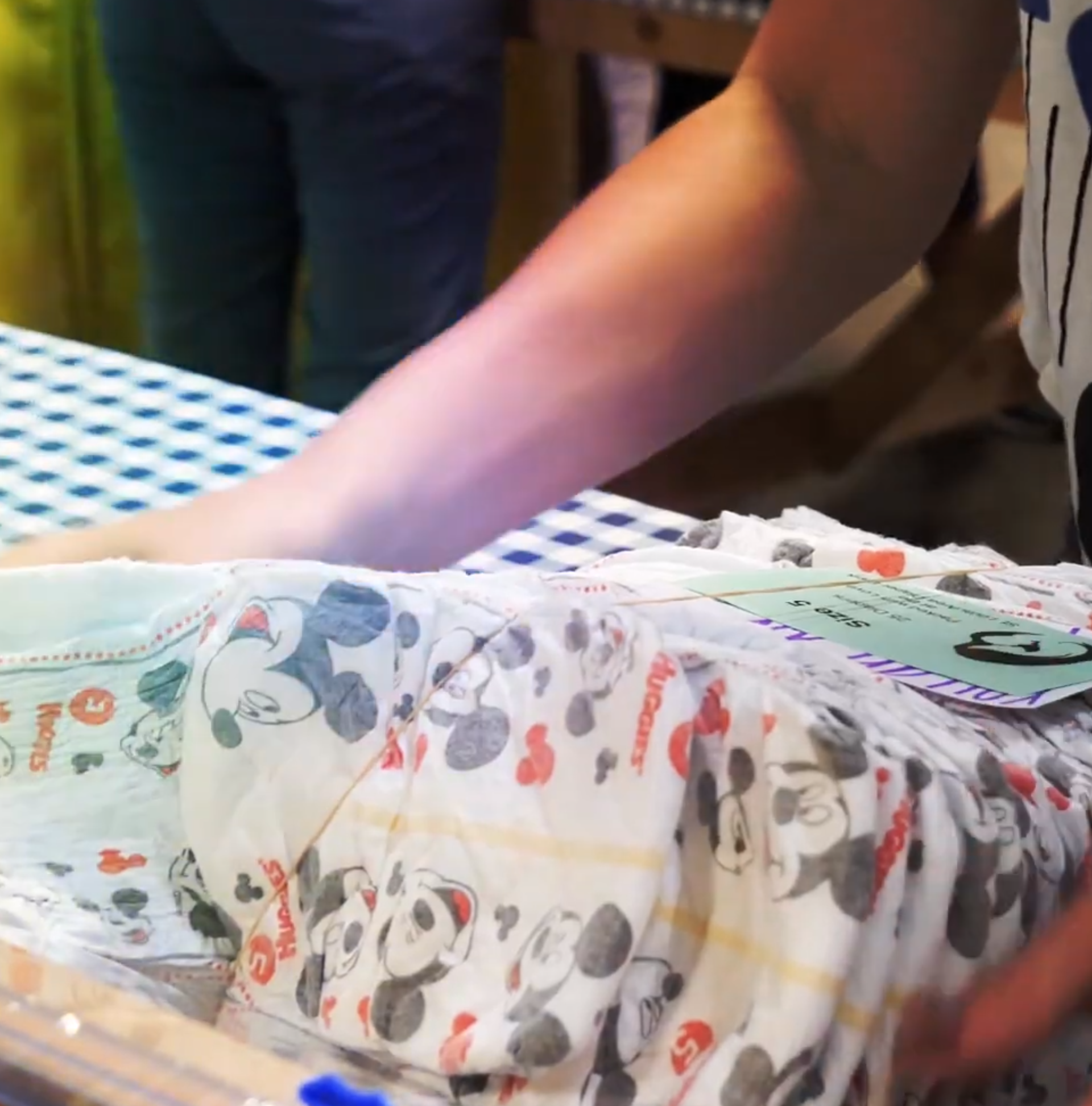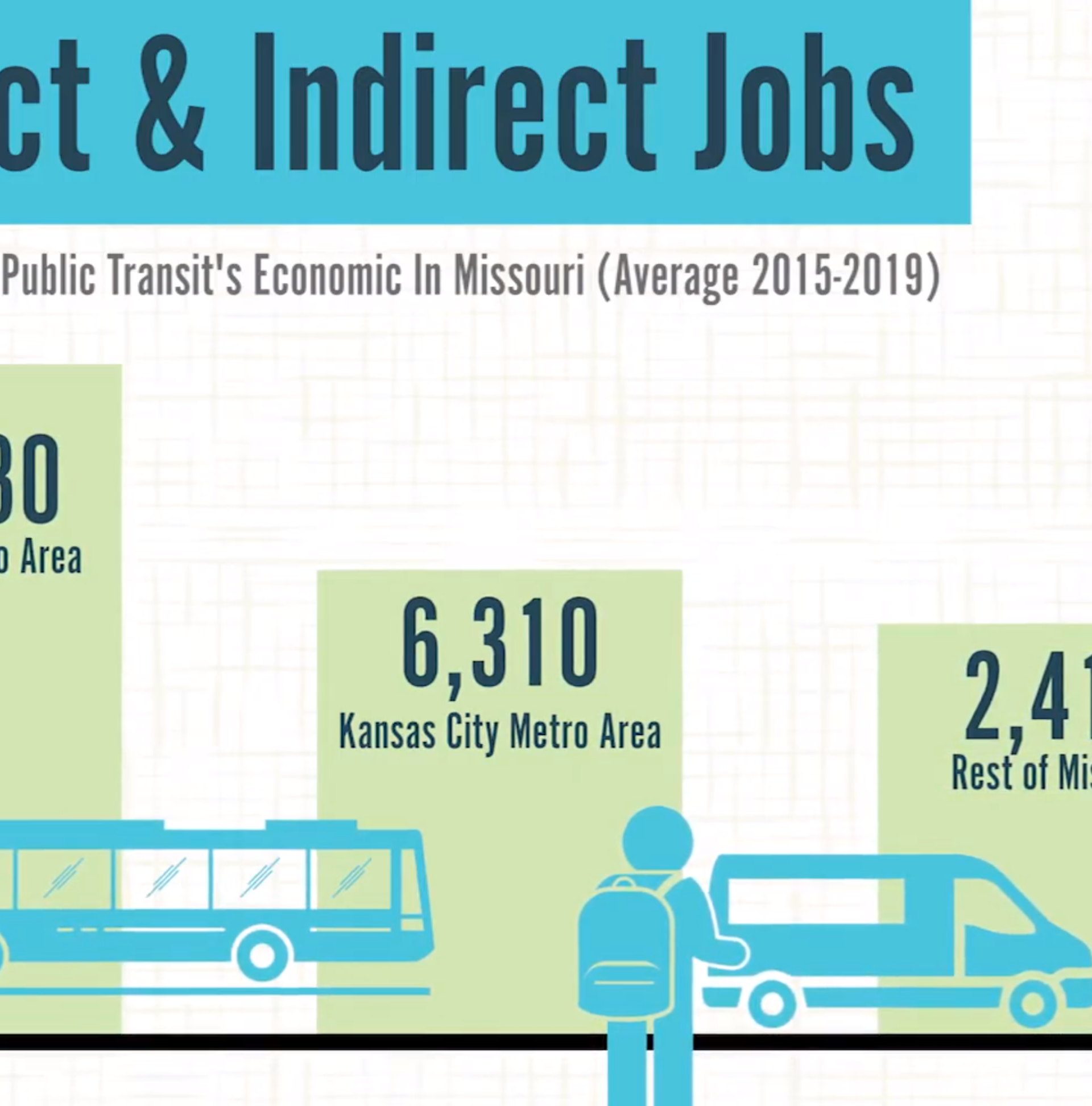In today’s digital landscape, video content isn’t just a trend—it’s a necessity. For nonprofits, it’s the single most effective way to create emotional connections, build trust, and drive action. But it’s not enough to toss up the occasional testimonial or event recap. If you want real results, you need a strategy.
Why Video Matters for Nonprofits
1. Video dominates attention spans.
As of 2025, video makes up an estimated 82% of all internet traffic, cementing its role as the dominant form of online content. Meanwhile, 91.8% of internet users watch digital video each week. If you’re not using video, you’re not showing up where your audience is spending their time.
2. It’s built for connection.
Video is the fastest way to humanize your mission. Faces, voices, and real moments can stir emotion and empathy in ways text simply can’t.
3. Social platforms favor video.
Instagram users now spend 50% of their time watching Reels. TikTok users average nearly 60 hours a month on the platform. Algorithms reward video content—especially short-form—and nonprofits that leverage this get significantly more reach.
4. It’s what different audiences want.
Younger donors (18–34) prefer bite-sized, authentic content—think Reels, TikToks, and YouTube Shorts. Older audiences (45+) are increasingly consuming long-form videos on YouTube and Facebook, and many are more likely to watch videos in email newsletters or on websites where they feel less rushed.
The Role of Short vs. Long-Form Video
Short-form video is your hook.
These are attention-grabbers—ideal for stopping the scroll, sparking curiosity, and driving traffic. They’re perfect for:
- Impact snapshots
- Volunteer highlights
- Behind-the-scenes peeks
- Calls to action (“Donate now,” “Join us,” “Watch more”)
Long-form video builds the relationship.
This is where you go deeper. It’s how you turn passive viewers into active supporters. Long-form video works best when:
- You’re telling a full transformation story
- You want to show program depth or impact
- You’re anchoring content on your website or YouTube channel
- You’re speaking to donors or engaged stakeholders post-gift
For example, a 6-minute gala video that follows a beneficiary’s journey can later be cut down into:
- A 15-second teaser for Instagram
- A 60-second donor thank-you on Facebook
- A 2-minute edit for your homepage
- A series of GIFs or stills for a year-end email campaign
How to Build a Smart (and Sustainable) Video Strategy
Step 1: Define your goals.
What are you trying to achieve—more donations, awareness, volunteers, or something else? Your strategy should be goal-driven, not just content-for-content’s-sake.
Step 2: Know your audience.
Identify your key groups and what resonates with them. Not everyone needs a deep dive—some just need a nudge. Others want to understand your mission inside and out.
Step 3: Map out a content calendar.
Plan for major campaigns, events, and stories across the year. Sprinkle in evergreen content (like staff intros, FAQs, or “how we help” explainers) to keep your feed active even when nothing “big” is happening.
Step 4: Use different formats for different functions.
- Testimonials = social proof
- Mission videos = vision and credibility
- Explainers = clarity and transparency
- Reels/shorts = reach and visibility
- Long-form stories = donor retention and major gift cultivation
Step 5: Make it holistic.
A successful content strategy isn’t about chasing trends—it’s about telling your story well and often, in ways that meet people where they are.
A single video shoot can become:
- A long-form story for your gala or YouTube channel
- Several short-form clips for social
- Stills for email campaigns
- A quote graphic for Instagram
- An embed in your annual report
- An evergreen feature on your donation page
When you think holistically, each piece of content has multiple lives—and a much bigger impact.
Step 6: Distribute with intention.
Don’t just post and pray. Customize your video posts for each platform, embed videos on key web pages, and pair them with targeted email campaigns. If you spent time making it, it deserves to be seen.
Step 7: Track and adapt.
Monitor what works—views, watch time, shares, click-throughs—and use those insights to sharpen your next round of content.
Final Thoughts
Video isn’t just another content format—it’s the backbone of modern nonprofit communication. Done right, it can inspire, educate, and activate your supporters better than any other medium. The key? Be intentional, strategic, and consistent.
Short-form gets the attention. Long-form earns the trust. A smart plan turns one shoot into 10 pieces of content. And a clear message—delivered through the power of video—turns viewers into believers.





